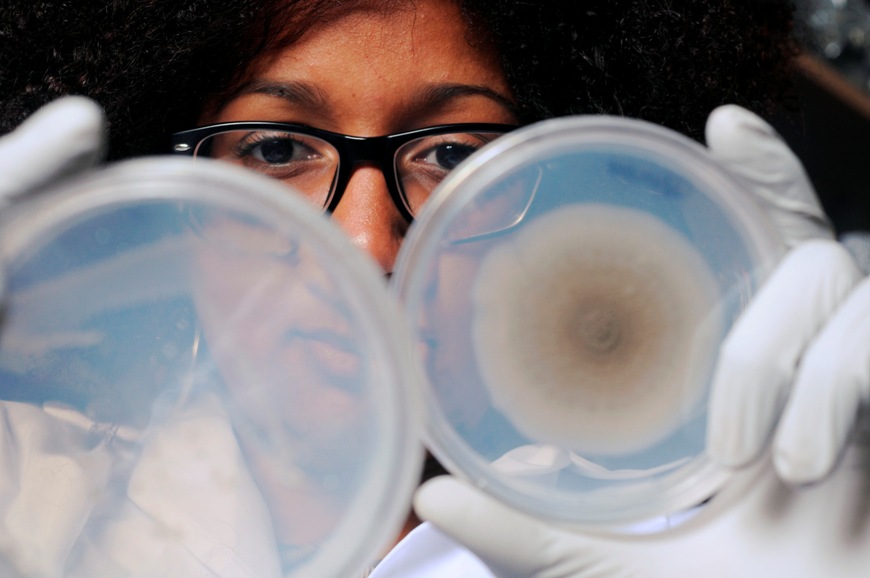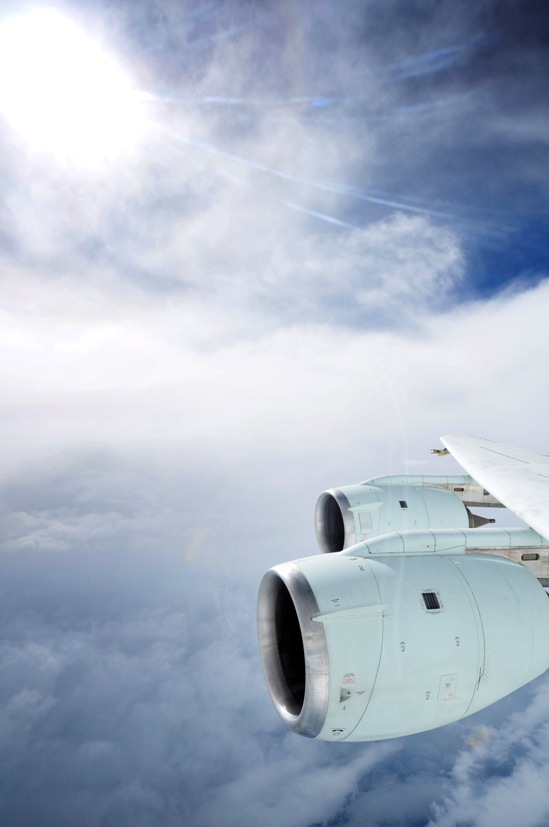
Loads of Microbes Found High in Atmosphere

Many miles above the ground, microbes thrive in the sky.
A large number and wide variety of microorganisms were detected in the atmosphere 5 to 10 miles (8 to 15 kilometers) above the Earth's surface, according to a study published today (Jan. 28) in the journal Proceedings of the National Academy of Sciences.
The results suggest that the community of high-atmosphere life is large and ever-changing. Some of the microbes appear to be transient visitors, while others seem stick around; a significant number of these little life-forms are likely able to survive by breaking down and making a meal of organic (or carbon-containing) chemicals floating in the high atmosphere, said study co-author Kostas Konstantinidis, an environmental microbiologist at Georgia Tech.
"There are a few species that are quite abundant," Konstantinidis told OurAmazingPlanet. "That becomes very interesting — what are all these cells doing up there, and how do they survive?" It's too early to know the answer to this question, however, he said. [Strangest Places Where Life Is Found on Earth]
About 60 percent of the cells sampled were still alive, the study found. The amount of cells found was about equivalent to what you would find in alpine snow, Konstantinidis added.
Microbes were collected on nine flights over and near the United States, mostly above the Gulf of Mexico and Caribbean Sea before, during and after Hurricanes Earl and Karl in 2010.
Sky-high pathogens?
Get the world’s most fascinating discoveries delivered straight to your inbox.
Many of the microbes found high in the sky are similar to those in the oceans and freshwater environments, said Konstantinidis. But after Hurricane Karl passed over populated areas of the Caribbean in 2010, up to 25 percent of the microbes found high in the atmosphere were similar to those found in feces, the study found.
"In my mind, it's likely that some of them are pathogens," he said. It's unclear, however, because the genetic analysis the researchers did couldn't pin down the exact species of bacteria. This could represent a previously unknown way for diseases to spread, he said.
For some unknown reason, the proportion of microbes, relative to other particles like soil and dust, is higher at higher altitudes, Konstantinidis said. This could be because other particles are more likely to help water form ice crystals and clouds before falling out of the atmosphere as rain or snow, he added.
The paper is one of several recent studies that show how important microbes are to the functioning of the upper atmosphere. This study, and another one published last week in the journal PLoS ONE, suggest that microbes can help form clouds and alter their chemistry.
Reach Douglas Main at dmain@techmedianetwork.com. Follow him on Twitter @Douglas_Main. Follow OurAmazingPlanet on Twitter @OAPlanet. We're also on Facebook and Google+.
 Live Science Plus
Live Science Plus







